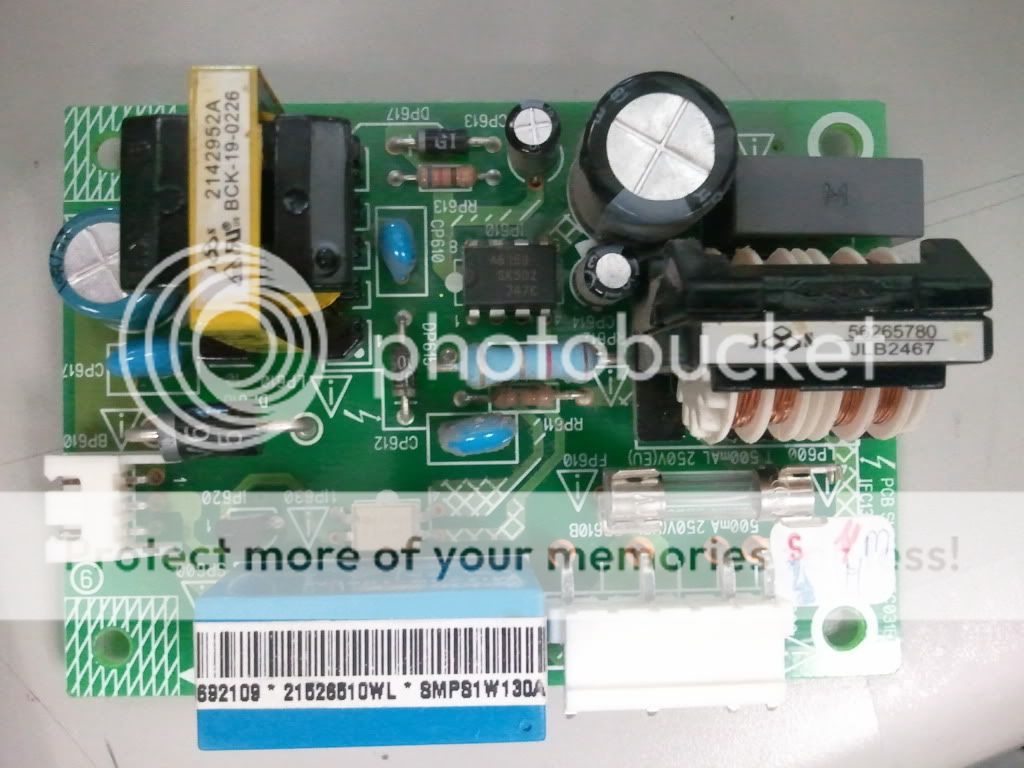Re: Rca l37wd12 lcd tv
Diagram, should be close to what you have, the TL431 is the ref Diode and part of the feedback.
Diagram, should be close to what you have, the TL431 is the ref Diode and part of the feedback.
if you find these attachements useful please consider making a small donation to the site


if you find these attachements useful please consider making a small donation to the site
Comment